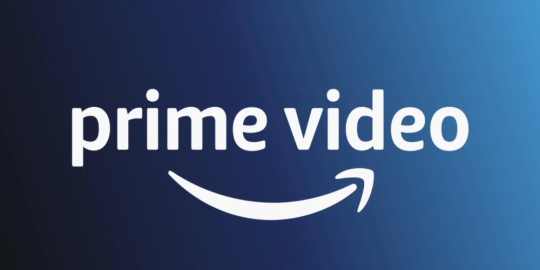
In an era where streaming services are a staple of entertainment consumption, Amazon has announced a significant change to its Prime Video platform – the introduction of advertisements. This move aligns with a broader trend in the industry as companies search for ways to balance the increasing costs of producing high-quality content with the need to maintain subscriber growth. On one side, this shift could democratize content consumption further, while on the other side, it raises questions about the evolving value proposition of subscription services.
Amazon's introduction of ads to Prime Video is set on a progressive rollout strategy. Initially impacting the markets of the US, UK, Germany, and Canada, this reflects a gradual approach that may or may not resonate with audiences long accustomed to uninterrupted streaming. Justification for this move includes Amazon's intent to enhance investment in content, suggesting a direct link between ad revenue and the variety or quality of future programming. What remains to be seen is the consumer reaction to this balance of content versus convenience, exceptionally since a premium ad-free tier has also been announced.
The new premium tier allows subscribers to maintain an ad-free experience at a cost - for an additional $3 per month, viewers can avoid commercial breaks, positioning Amazon Prime Video closer to the traditional paid TV model than ever before. This marks a pivotal change in Amazon's service, which previously bundled ad-free video streaming with the benefits of Prime membership without an additional charge.
For those dedicated to ad-free viewing, the new cost structure might serve as a tipping point in re-evaluating the service's value, especially when compared to other contenders such as Netflix, which offers a more expensive but still ad-free premium option. Despite this, Amazon Prime's overall bundle of services, including expedited shipping, Prime deals, and access to Amazon Music, retains its allure for the practical consumer, balancing these changes against a broader spectrum of perks.
As the streaming wars forge ahead, Amazon's decision to incorporate ads into Prime Video could usher in a new chapter for digital content platforms. This move presents a marked departure from the initial value proposition of ad-free streaming but also opens the door to a more diversified content offering. Subscribers now face a choice: embrace the evolving landscape with a slight bump in cost or reconsider their commitment to the platform. As with any market shift, the ultimate verdict will rest in the hands of consumers, whose preferences and subscription dollars will chart the course for Prime Video's future in the fast-paced world of digital entertainment.